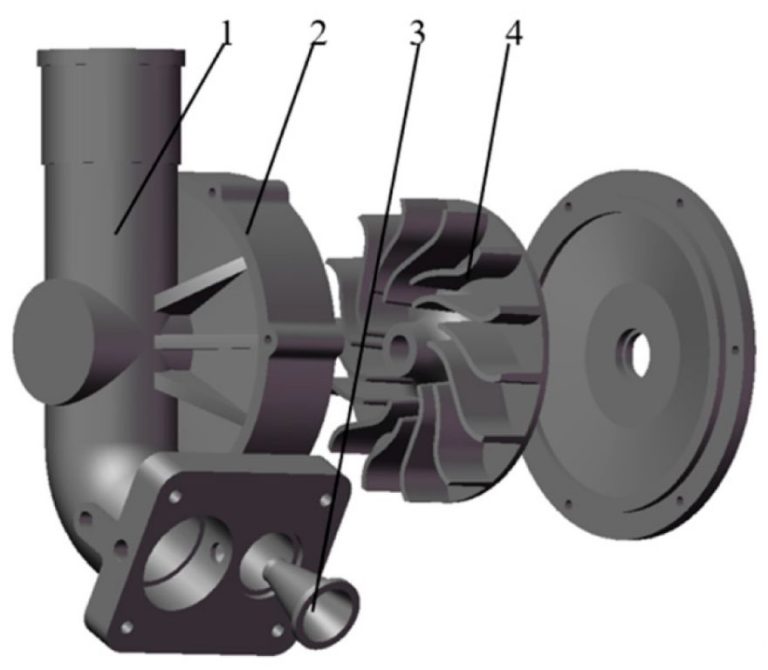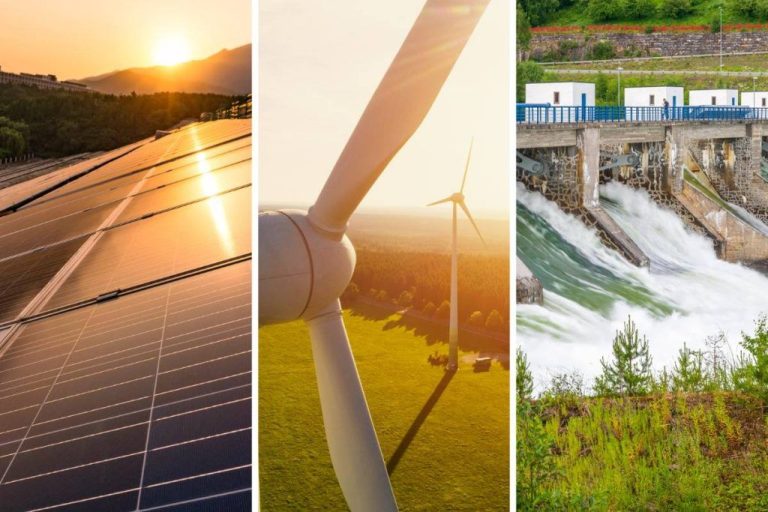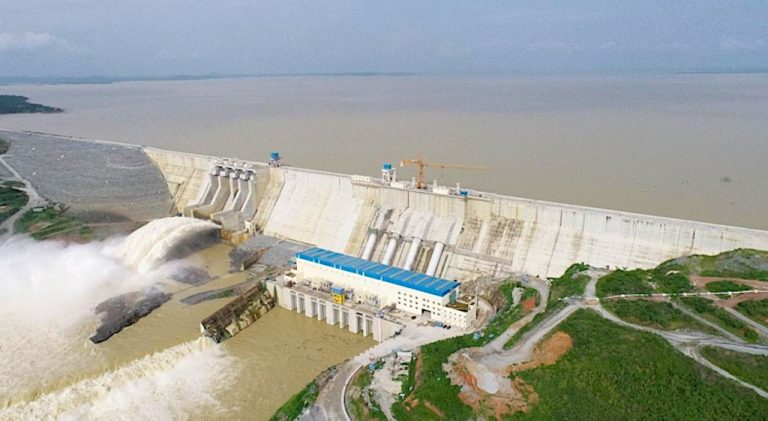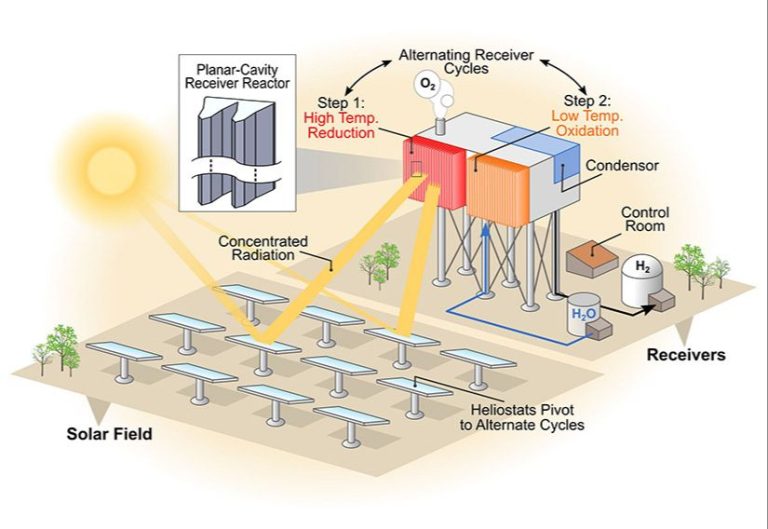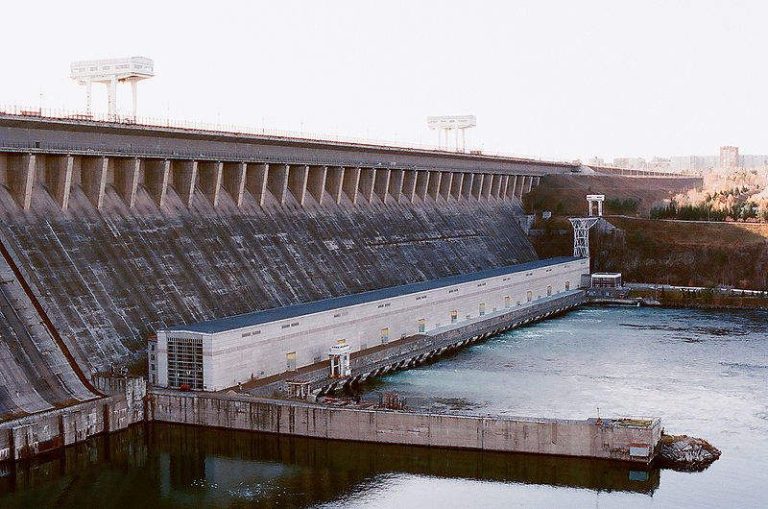Is Canada A World Leader In Hydroelectric Power Generation?
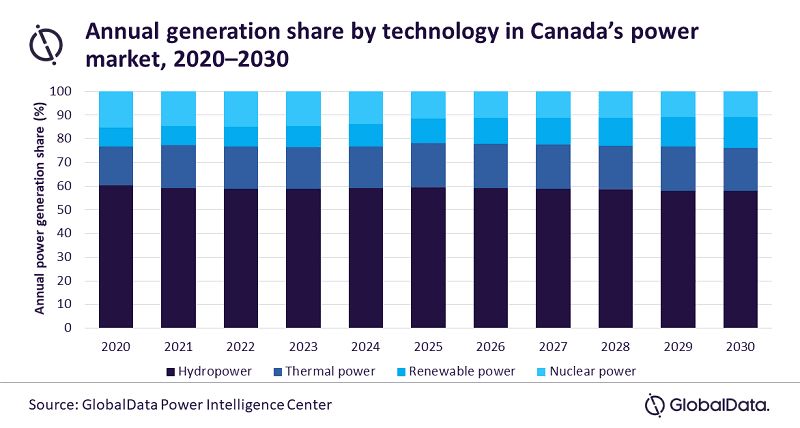
Hydroelectric power is one of the largest providers of renewable electricity globally, accounting for around 16% of the world’s electricity. It uses the natural flow of water to generate energy through turbines and generators. As a renewable energy source, hydroelectricity has environmental benefits compared to fossil fuels and helps reduce greenhouse gas emissions.
With its vast network of lakes and rivers, Canada has abundant hydro resources that it has utilized to become one of the world’s leading producers and exporters of hydroelectricity. Hydro supplies around 60% of Canada’s electricity generation needs. This clean and reliable energy source has provided affordable power that has helped spur Canada’s economic growth.
This content examines Canada’s extensive hydroelectricity infrastructure to analyze whether Canada can rightly be considered a global leader in hydroelectric power generation. Factors like total production, share of domestic supply, and hydro export capacity will be evaluated against other major hydro producers worldwide. The environmental impacts of hydro in Canada will also be weighed when assessing its leadership status.
Canada’s Abundant Water Resources
Canada is geographically well-suited for hydroelectric power generation due to its abundant freshwater resources. With coastlines on the Arctic, Atlantic and Pacific oceans, Canada contains more than 2 million freshwater lakes, including the Great Lakes which account for around 18% of the world’s fresh surface water (Water: frequently asked questions). Canada possesses around 9% of the globe’s fresh water supply. Overall, it has been estimated that Canada holds around 20% of the world’s total freshwater resources (Environment).
The vast majority of Canada’s freshwater is located in the northern part of the country. Canada’s sparsely populated northern regions contain millions of pristine lakes and numerous large rivers that provide abundant hydroelectric resources (How Much Freshwater Does Canada Have?). Southern Canada also contains major rivers and tributaries that have been harnessed for hydroelectricity, notably the St. Lawrence River system and watersheds in Manitoba, Ontario and Quebec.
History of Hydroelectricity in Canada
Hydroelectric power first began development in Canada in the late 19th century. The first major hydroelectric project was built on the St. Lawrence River at Niagara Falls, with the Adam Beck Generating Station completed in 1921. This station powered industries in southern Ontario and helped establish Ontario as a leader in hydroelectric generation (Source).
In the early 20th century, projects were developed in remote areas to power forestry and mining operations. The earliest example was a plant built in 1898 to power sawmills and a pulp mill in Grand-Mère, Quebec. Larger projects followed in northern Ontario, Manitoba, British Columbia and Quebec (Source).
In the post-war period from 1945 to 1970, Canada saw a boom in mega hydroelectric projects. Some of the major developments were the Churchill Falls generation station in Labrador in 1971, the Manic-Outardes complex in Quebec in 1965, and the Peace Canyon dam in British Columbia in 1961. These large-scale projects helped meet growing electricity demand in urban areas (Source).
By the 1980s, potential mega-project sites were becoming more limited. But development continued, including the James Bay Project in northern Quebec which was completed in phases from the 1970s to the 1990s, becoming one of the largest hydroelectric systems in the world.
Current Hydroelectric Generation
Hydroelectricity currently accounts for approximately 60% of Canada’s total electricity generation, making it the largest source of renewable power in the country. According to Statistics Canada, in 2021 Canada had an installed hydroelectric capacity of 83,143 megawatts (MW), generating a total of 382.8 terawatt hours (TWh) of electricity from hydro sources. This represents a slight decrease from the previous year’s generation total of 385.9 TWh.
The share of hydroelectricity in Canada’s electricity mix has remained relatively steady over the past decade. In 2011, hydro accounted for 58.4% of total generation, compared to 59.3% in 2021.
Some of Canada’s largest existing hydroelectric facilities include:
- Robert-Bourassa Generating Station – 5,616 MW (Quebec)
- Churchill Falls Generating Station – 5,428 MW (Newfoundland and Labrador)
- La Grande-4 Generating Station – 2,779 MW (Quebec)
- La Grande-3 Generating Station – 2,417 MW (Quebec)
- Manic-5 Generating Station – 1,596 MW (Quebec)
The abundance of rivers and waterways across the country has allowed Canada to develop massive hydroelectric projects, especially in provinces like Quebec, British Columbia, Manitoba and Newfoundland & Labrador. Going forward, Canada is expected to maintain its position as one of the top hydroelectricity producers globally.
Comparison to Other Countries
Canada stands out as a global leader in hydroelectric power generation and capacity. In 2022, Canada ranked second in the world for total installed hydroelectric capacity with 85 GW, behind only China which had 356 GW of capacity according to Statista. For hydroelectricity generation, Canada produced 377 TWh in 2021, which ranked 2nd globally behind China’s 1275 TWh according to TheGlobalEconomy.com. The United States ranked 4th for generation with 260 TWh.
Looking at hydroelectricity’s share of national electricity generation, Canada leads the world. Approximately 60% of Canada’s total electricity comes from hydro sources, which is the highest percentage globally. The next closest country is Brazil at 65%, followed by Norway at 95% according to Yahoo Finance. With abundant water resources across the country, Canada is able to utilize hydro at a larger scale than most other nations.
Economic Benefits
Hydroelectric power provides substantial economic benefits for Canada. The hydroelectric industry is a major employer, providing over 33,000 direct jobs across Canada as of 2019, with an additional 16,500 indirect jobs through supply chains and induced employment (Citation). Hydropower facilities are often built in remote areas, providing employment opportunities for rural and Indigenous communities.
Canada is a net exporter of electricity to the United States, with provinces like Quebec and Manitoba exporting significant amounts of power generated from hydroelectric stations (Citation). These electricity exports were valued at over $3 billion in 2019. The ample hydroelectric capacity allows Canada to export clean, renewable power to the US while enjoying low electricity rates at home. Canadian households and industries benefit from some of the lowest electricity costs in the developed world thanks to abundant hydropower.
Environmental Considerations
The development of hydroelectric power has had a significant environmental impact in Canada. Dams constructed for hydroelectric facilities often flood large areas of land, destroying forests and wildlife habitat in the process (1). Flooding certain land types also produces methane, a powerful greenhouse gas that traps heat and contributes to climate change (2). In some Canadian provinces, hydroelectric reservoirs account for more than 25% of provincial greenhouse gas emissions (3).
However, compared to fossil fuel-fired power plants, hydroelectric generation has nearly zero emissions during operation. When reservoirs are initially flooded it does release greenhouse gases, but after that, hydroelectric plants emit between 1 to 25 times less GHGs per unit of electricity than natural gas, oil, or coal plants (4). With no need to burn fossil fuels, hydroelectricity helps Canada avoid up to 115 megatons of carbon dioxide emissions per year (5).
The large reservoirs and dams associated with hydroelectric projects also fragment river habitat, block fish migration, and change natural water flows. This can have a devastating impact on local fish species and other wildlife (6). Environmental reviews, fish ladders, and habitat protection measures are often implemented but cannot fully mitigate the ecosystem effects.
Sources:
(1) https://www.ucsusa.org/resources/environmental-impacts-hydroelectric-power
(2) https://www.sierraclub.org/massachusetts/canadian-hydropower
(3) https://gocontractor.com/resource/hydropower-impact-environment-canada/
(4) https://www.ucsusa.org/resources/environmental-impacts-hydroelectric-power
(5) https://gocontractor.com/resource/hydropower-impact-environment-canada/
(6) https://www.sierraclub.org/massachusetts/canadian-hydropower
Future Outlook
Canada has significant potential for future growth in hydroelectric generation. According to the National Energy Board, Canadian hydropower is expected to increase to over 450 terawatt hours by 2040, driven by major projects currently under development like Site C in British Columbia and Muskrat Falls in Labrador.[1] New facilities and upgrades to existing infrastructure could add up to 15,000 MW of hydro capacity by 2030.[2]
However, there are some challenges to continued growth. Many of the best hydroelectric resources have already been developed, so remaining potential sites tend to be more marginal or in remote regions. First Nations land claims and environmental concerns will need to be addressed for new projects. Climate change causing shifting water patterns could also impact future hydro generation. Overall though, Canada is still seen as having significant untapped potential through upgrades to existing facilities and developing new run-of-river and tidal projects.
Comparison to Other Renewables
Canada’s renewable energy picture includes a mix of technologies like solar, wind, hydro, tidal, geothermal and biomass. Hydroelectricity is by far the largest renewable energy source, generating over 60% of Canada’s electricity (Government of Canada, 2021).
Compared to other renewables like solar and wind, hydro offers more consistent and reliable baseload power. The storage capacity of hydro reservoirs allows output to be adjusted to meet demand. This gives hydro an advantage over intermittent sources like solar and wind that rely on weather conditions (Utility Dive, 2021).
Hydro is also cost competitive and often cheaper than other renewables. The levelized cost of hydro in Canada ranges from $30-90/MWh, compared to $40-70 for onshore wind and $60-200 for solar PV (CER, 2022). The long lifespan of hydro facilities, often over 50 years, helps spread out capital costs.
However, hydro does have some limitations. Suitable sites for new large hydro dams are becoming scarce, with most best locations already developed. Other renewables like solar, wind and tidal may offer more growth potential going forward (Government of Canada, 2021).
Overall hydro will continue serving as the backbone of renewable power in Canada, providing flexible and cost-effective generation to balance out variable sources.
Government of Canada. (2021). 5 Things You Need to Know About Hydropower. https://www.nrcan.gc.ca/our-natural-resources/energy-sources-distribution/renewable-energy/about-renewable-energy/5-things-you-need-know-about-hydropower/5-things-you-need-know-about-hydropower/18366
CER. (2022). Levelized Cost of Energy Calculator. Canada Energy Regulator. https://www.cer-rec.gc.ca/en/data-analysis/energy-commodities/electricity/report/levelized-cost-energy-calculator/index.html
Conclusion
In summary, Canada has an abundance of water resources that have allowed it to become a major producer of hydroelectricity over the past century. Hydroelectric dams provide over 60% of Canada’s electricity supply, far surpassing any other country. Canada ranks in the top 5 globally for total hydroelectric generation and has the second and third largest hydroelectric facilities in the world at Churchill Falls and Robert-Bourassa. While the upfront costs of building dams are high, hydroelectricity provides affordable and renewable power over the long-term that supports Canada’s economy and reduces reliance on fossil fuels. However, building new dams can disrupt ecosystems and impact indigenous communities, so careful planning is required. Overall, Canada’s vast experience and capacity for hydroelectric generation solidly establishes it as a world leader in this renewable energy domain.

